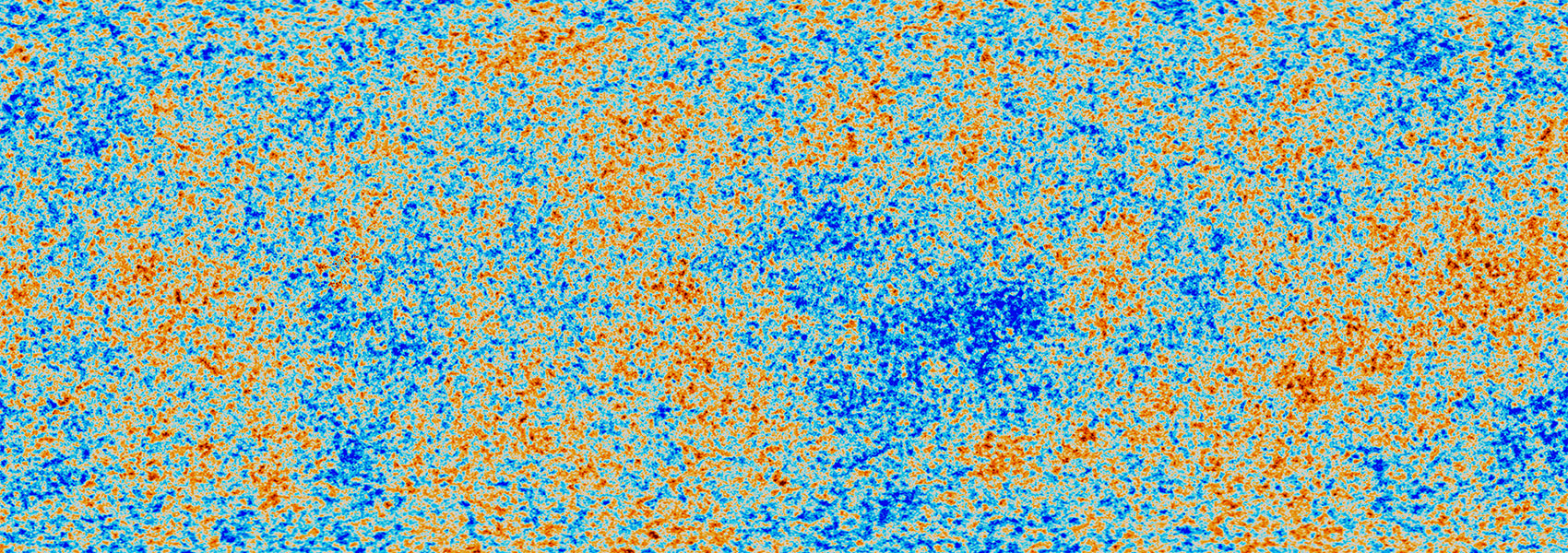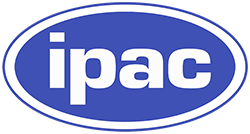April
2025
•
2025MNRAS.538.1019H
Authors
•
Hyogo, Michiharu
•
Bickle, Thomas P.
•
Biggs, Joseph R.
•
Burgasser, Adam J.
•
Caselden, Dan
•
Casewell, Sarah
•
Dieterich, Sergio B.
•
Luca, Hugo A. Durantini
•
Faherty, Jacqueline
•
Bardalez Gagliuffi, Daniella
•
Gagné, Jonathan
•
Kirkpatrick, J. Davy
•
Kuchner, Marc J.
•
Lisse, Carey M.
•
Marocco, Federico
•
Meisner, Aaron M.
•
Rothermich, Austin
•
Schneider, Adam C.
•
Silverberg, Steven M.
Abstract
•
The Disc Detective project, a citizen science initiative, aims to identify circumstellar discs around stars by detecting objects with infrared (IR) excess using data from the Wide-field Infrared Survey Explorer (WISE). In this study, we investigate SIPS J2045-6332, a potential brown dwarf with significant IR excess in WISE and Two Micron All Sky Survey (2MASS) bands, initially identified by project volunteers. Despite early indicators of a circumstellar disc, discrepancies between observed brightness and expected spectral energy distribution (SED) models suggested unusual properties. To explore potential explanations, we created SED templates for spectral types M9 to L4 and compared them with SIPS J2045-6332's photometric data, revealing an excess brightness that points to either an unresolved low-mass companion or a young, inflated primary star. Further analysis of IR spectral features and surface gravity indicators supports a youthful classification, estimating the object's age at 26-200 million years. Observations also suggest the presence of a mid L-type companion at a projected distance of 6.7 au. This study highlights SIPS J2045-6332 as an intriguing system with unique IR characteristics and recommends follow-up observations with high-resolution telescopes to confirm the companion hypothesis and further characterize the system.
Links


.png?1523393848)

